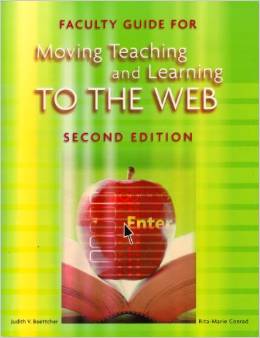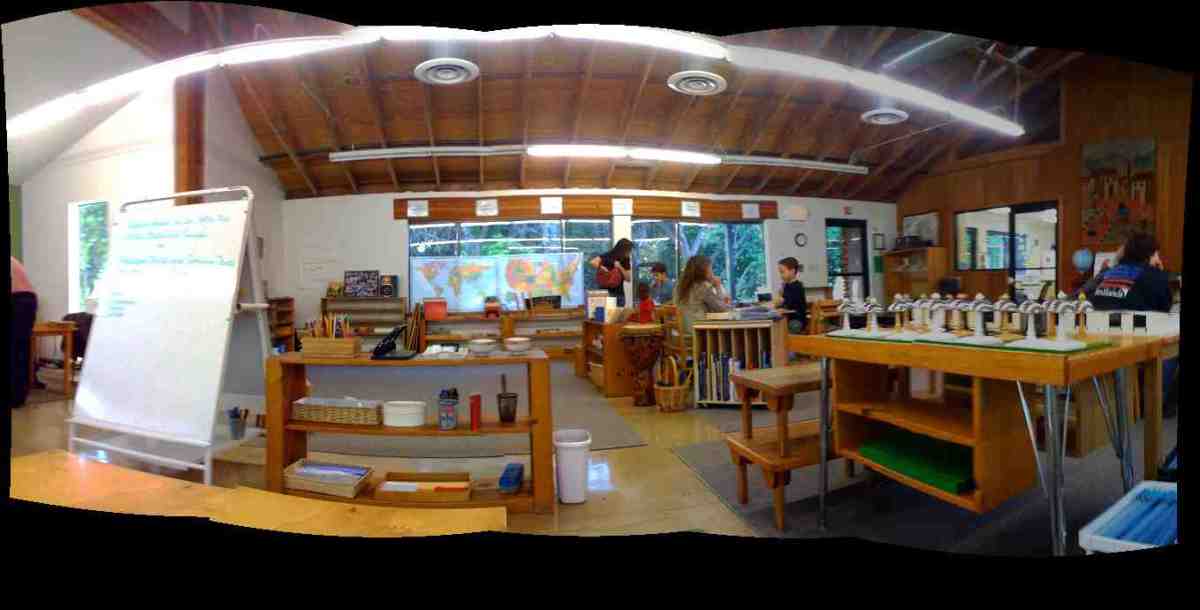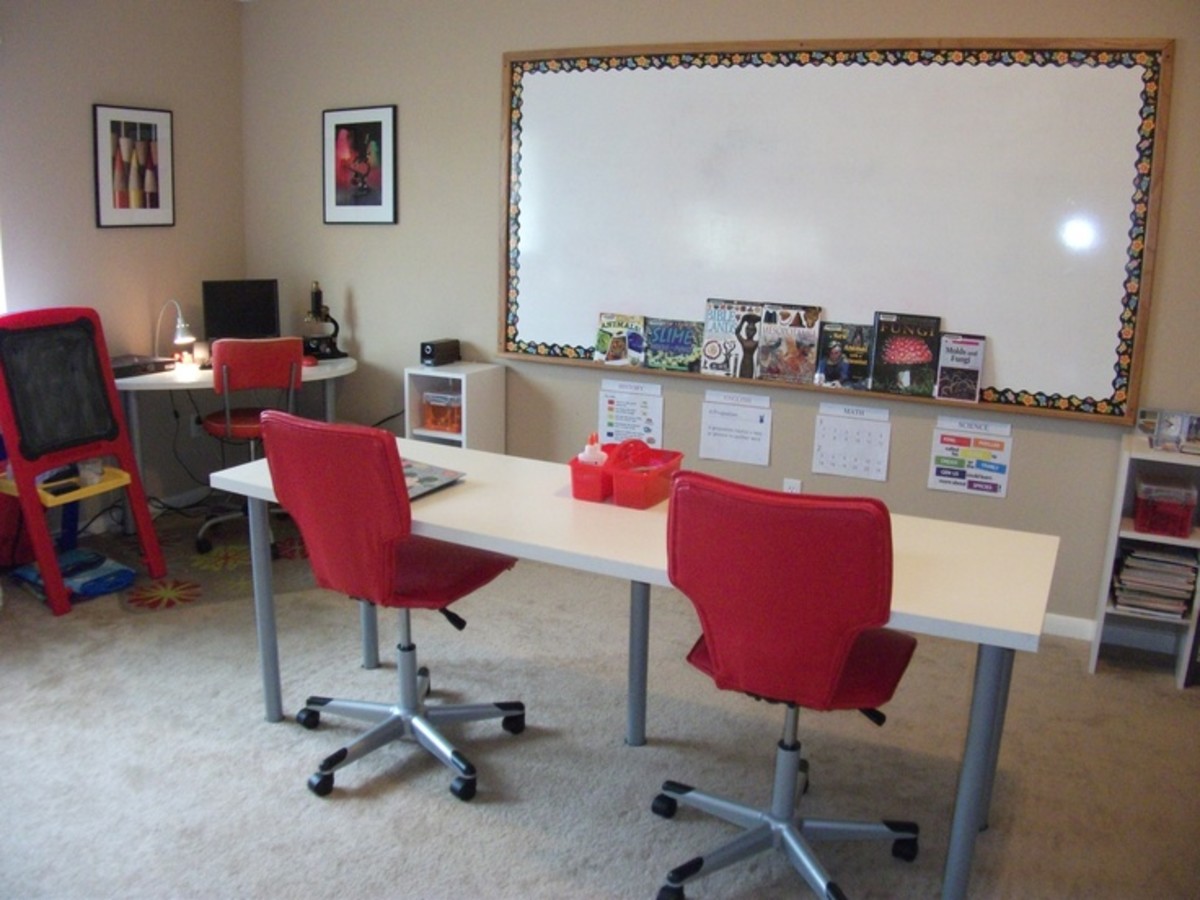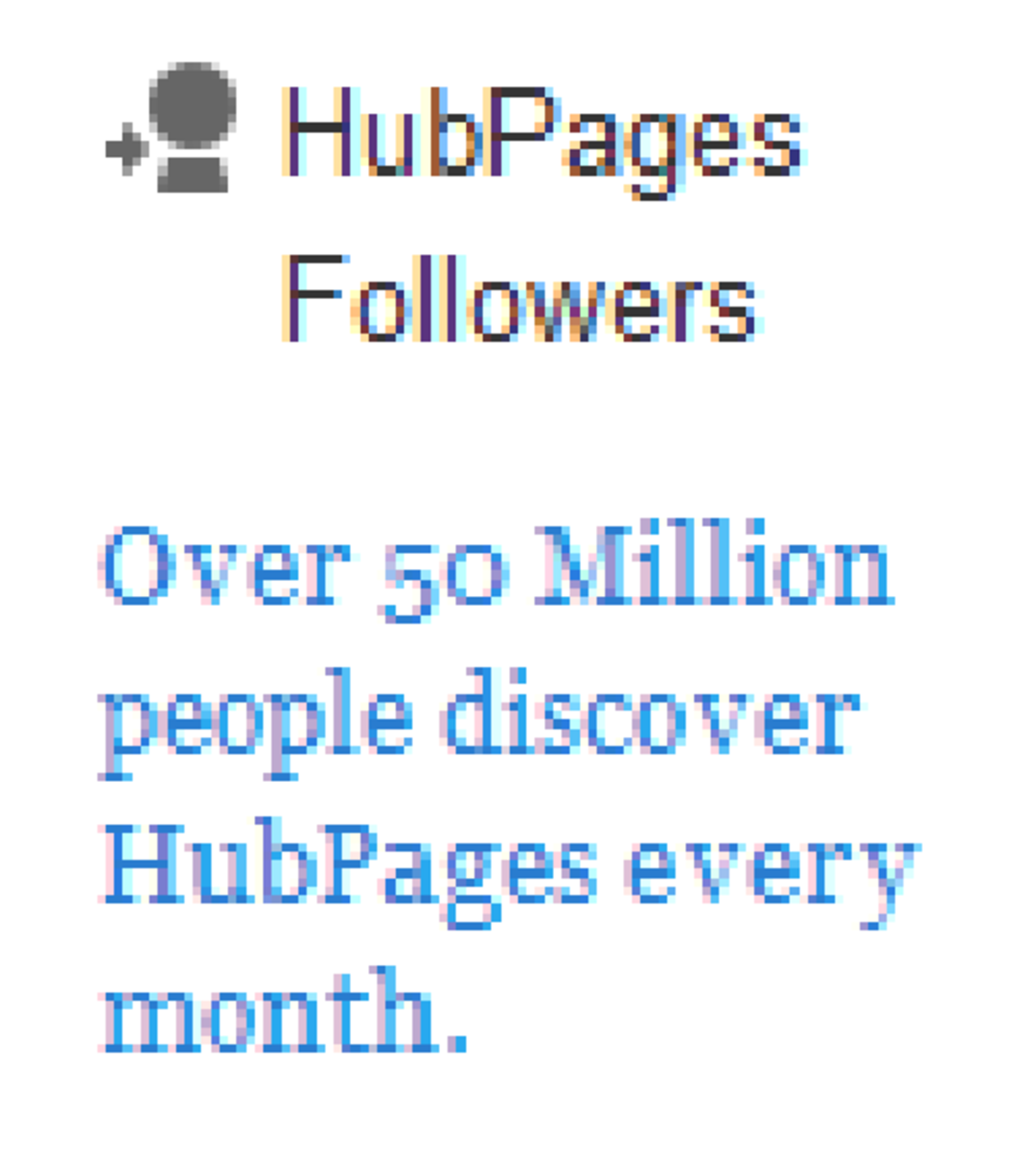- HubPages»
- Technology»
- Computers & Software»
- Computer How-Tos & Tutorials
How to Build an Online Learning Community
Challenges in Online Instruction
The perception that online students don’t learn and perform as well as their counterparts in face-to-face classrooms continues to linger in higher education. Some students report perceptions of isolation and lack of personal attention that cause online students to dropout at higher rates than in a face-to-face class.
Other times, people may feel that the online environment “strips away the personality of the instructor, perhaps to the point that the learner loses the sense of taking a course from the instructor in favor of taking a course from a computer.”
Determining classroom climate
What is the "classroom climate" of your online course? As the instructor, do you create an online learning environment that encourages the formation of a community of learners? Many instructors new to the online environment express concern about the geographical distance from/between students, for example. How do we leverage student diversity in knowlege, skills, strengths and perspective in a manner that builds a collective knowledge and leads to growth?

What Is An Online Learning Community?
The student-to-student interaction that we have encouraged since the beginning of this seminar is key to creating an online learning community. Other types of online communities exist — for instance, a Facebook group dedicated to remembering one's hometown as it was in the 1980s — but the distinction with an online learning community is that participants are coming together online for the specific purpose (and usually, a specific time frame) to learn. The term "community" denotes that feeling of trust and collegiality that comes when students feel comfortable enough in a class to share their ideas, when they believe the instructor cares about them and what/how they are learning, and when the learning is engaging enough for students to actually learn something.
In their book Faculty Guide for Moving Teaching and Learning to the Web, Boettcher and Conrad (2004) describe online learning communities in terms of a continuum of four stages - from (a) interaction to (b) collaboration to (c) cooperation to (d) community - with each being a distinct stage toward the development of a learning community (pp.118-119).
Why Build a Community?
Boettcher and Conrad (2004) outline the benefits that result when an online learning community forms. Specifically, they contend that creating community in an online course can:
- Increase participation
- Decrease student isolation
- Increase the likelihood of introducing different perspectives
- Support quick and easy communication
- Support the use of interactive instructional strategies
The authors also assert that building community in an online course can help with classroom management as learners become more self-directed and take more responsibility for tasks such as "facilitating discussion, ensuring access to content resources, and providing technical support" (p. 118).
For a literature summary and measurement of the importance of community to learning, unique challenges and opportunities, perception of student and instructor roles and instructor presence and modeling behavior in online learning communities, you may wish to review the results of the Key Elements of Building Online Community: Comparing Faculty and Student Perceptions by Vesely, Bloom, and Sherlock (2007). Eighty-five percent of students and 100% of instructors perceive being part of a learning community assists students in performing well and learning course material.
Create interactive exchange between two or more learners
Ideas generated from Boise State University's eCampus Center include:
- Brief interactions used to increase communication and participation, to engage learners in the content or process, to enhance content processing, and to give and receive feedback
- Teacher usually leads the interactive process but fades into the background when learners are interacting
- Learners exchange answers or discuss ideas and tend to look to the teacher for answers instead of relying on each other for guidance and interpretati
Have students collaborate in small groups
- Groups work together to accomplish a short-term goal by analyzing a situation, solving a problem, or brainstorming ideas
- Teacher provides less guidance than an interactive activity and resolves group negotiation problems or validates certain facts or processes when asked
- Learners are connected to one another through the joint activity
Encourage students to cooperate with minimal guidance to achieve an outcome or goal
- Interdependent groups work together throughout the course to complete a series of problem-solving activities that culminate in a product or action
- Teacher structures the groups, determines the goal(s), monitors group progress, and provides guidance when needed or requested
- Learners determine the process for completing the activity and are individually accountable to the group
Enhance student ability to support and assist one another
- Self-managing entity
- Teacher acts as a consultant
- Learners turn to each other for problem resolution and knowledge-building before seeking teacher assistance
Student-teacher and student-student community
The way an online course is designed is just as important for building community as how the course is taught. Ideally, you’ll build multiple opportunities for both student-teacher and student-student community into your online course. A report by Jennifer L. Murdock & Amy M. Williams (2011) shares results of a study comparing the development of community in a face-to-face course and an online one.
Specific recommendations for developing a learning community in an online or distance education environment include (1) developing course assignments to promote collaboration among students and with the instructor, (2) encouraging students to take leadership roles during the course, (3) providing opportunities for students to share their own personal experiences related to course material, (4) sharing her/his own experiences with students, (5) incorporating reflective writing assignments into the course, (6) using group projects to promote collaboration, (7) encouraging responsibility among students for their own learning, (8) creating assignments that encourage active learning, (9) communicating high expectations, and (10) developing an environment where constructive feedback is both welcomed and solicited. (p. 312)
An online class can become a place.
Community is essential for successful and robust learning in the online classroom. The instructor must be at the center of community building, establishing a strong presence and modeling behavior that encourages students to work together as they construct knowledge, writes Valerie Thomas. Communities are place-based, but an online class can become a place.
References
Boettcher, J., & Conrad, R. (2004). Faculty guide for moving teaching and learning to the web (2nd ed.). Phoenix, AZ: League for innovation in the Community College.
Bond, T. (Producer). (2011, August 17). Community building - Putting it all together - Web 2.0. [Video File] Retrieved from https://www.youtube.com/watch?v=dxoH0n875BM
Community of Inquiry. (2011). CoI model. Retrieved from https://coi.athabascau.ca/coi-model/
Dunlap, J. & Lowenthal, P (2012). Establishing social presence in online learning environments. [Slide Presentation] Retrieved from http://www.slideshare.net/plowenthal/northwest-elearn
McElrath, E., & McDowell, K. (2008). Pedagogical strategies for building community in graduate level distance education course. MERLOT Journal of Online Learning and Teaching, 4(1). Retrieved from http://jolt.merlot.org/vol4no1/mcelrath0308.htm
Murdock, J. L., & Williams, A. M. (2011). Creating an online learning community: Is it possible? Innovative Higher Education, 36(5), pp. 305-315. Retrieved from http://libproxy.boisestate.edu/login?url=http://search.ebscohost.com/login.aspx?direct=true&db=aph&AN=66903908&site=ehost-live
Palloff, R. M., Pratt, K., & Palloff, R. M. (2007). Building online learning communities: Effective strategies for the virtual classroom. San Francisco, CA: Jossey-Bass.
Palloff, R. M., & Pratt, K. (2004). Collaborating Online: Learning Together in Community. Hoboken: John Wiley & Sons.
Pickett, A. (Producer). (2010, August 16). Social presence. [Video File] Retrieved from https://www.youtube.com/watch?v=P_Fbo63Gi_k&list=PL936ED0CDBD9B4C06
Vesely, P., Bloom, L., & Sherlock, J. (2007). Key elements of building online community: Comparing faculty and student perceptions. MERLOT Journal of Online Learning and Teaching, 3(3). Retrieved from http://jolt.merlot.org/vol3no3/vesely.htm
Wilcoxon, K. (2011, October 3). Building an online learning community. Learning Solutions Magazine. Retrieved from http://www.learningsolutionsmag.com/articles/761/building-an-online-learning-community






![How to Remove Kaspersky Password Protection? [Easily Recover] How to Remove Kaspersky Password Protection? [Easily Recover]](https://images.saymedia-content.com/.image/t_share/MTc2Mjk3NDcwOTAzNTkyMTI2/how-to-remove-kaspersky-password-protected-easily-recover.png)

